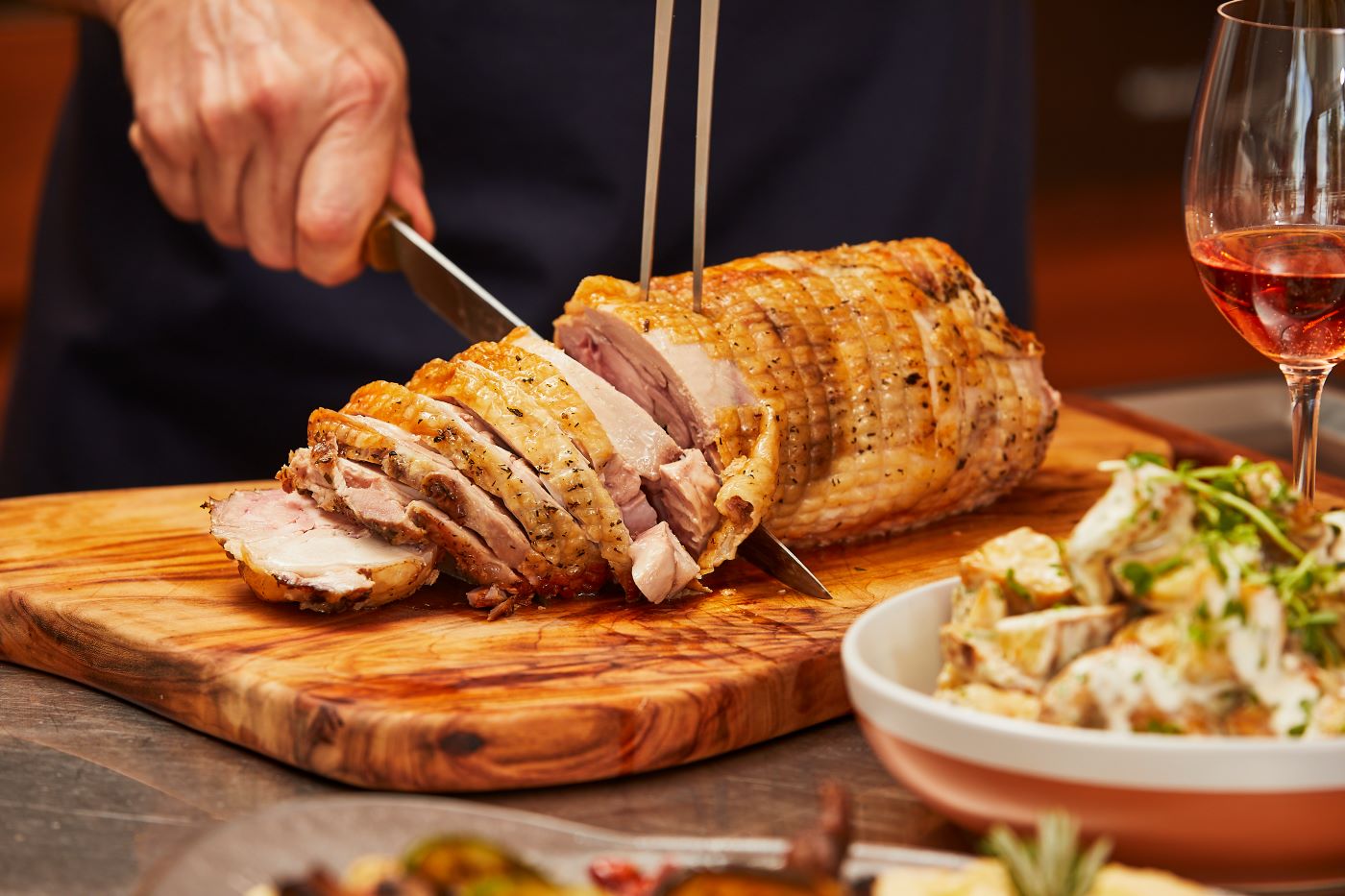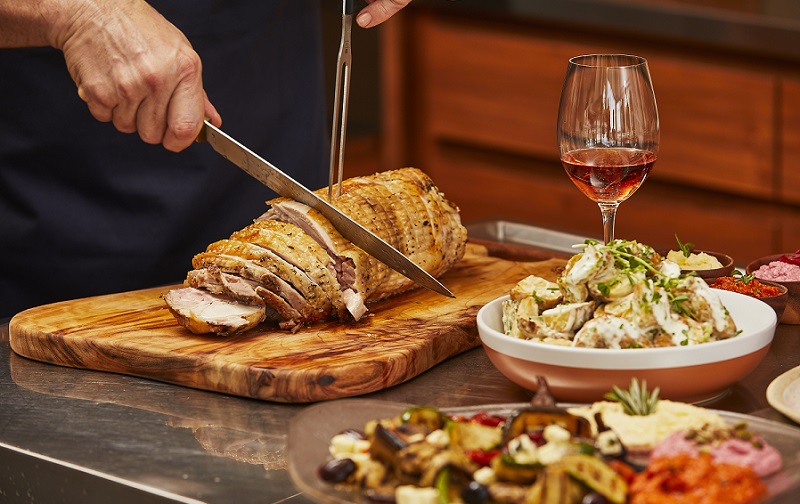Winter warmer meals: Best comfort food to warm you up

As soon as the temperate drops, do you find yourself reaching for a double helping of warming foods? We tend to associate meals like cheesy pastas, stews, rich creamy curries, pies and pastries, pub-style meals and chocolatey treats as Winter comfort food. Let us say, these meals are not called comfort food for nothing! Don’t worry, you’re in good company as most people enjoy these Winter warmer meals just like you. There’s even some science around it.
Head to the GDS Winter Comfort Foods menu here
Do you eat more in Winter?
Scientists have studied seasonal variations to eating habits and come up with a few good reasons why you may feel hungrier in Winter and crave calorie-laden, warming foods.
It’s true that humans do eat more in the colder months. The increased consumption kicks in as the days grow shorter, technically in Autumn, not Winter. It amounts to around 200 calories a day more, which equates roughly to a slice of cheese on toast. Interestingly, studies also show that we tend to eat our food faster in the cooler months too.
Winter warming, it’s in our DNA
Probably the most accepted and easy to understand reason for craving Winter warming foods in bigger quantities is the evolutionary argument. In prehistoric times, it was essential to stockpile calories and increase your body weight in the lead up to Winter. Having enough body fat to draw on for energy and heat could make the ultimate difference to survival. Humans now enjoy housing, clothing, heating and ready access to food all year round but the food cravings appear to be programmed into our biology.
Can food actually warm you up?
Yes indeed, food can warm you up from the inside. Eating generates heat as your body works hard to start the digestion process. This warming effect is called thermogenesis. It kicks in fully 30-60 minutes after eating, accounting for around 10% more heat within you.
Can food improve your mood?
Did you know that when you eat, your body produces the happiness chemicals, dopamine and serotonin? These neurochemicals are part of a reward pathway in the brain, which trigger feelings of pleasure and wellbeing. The gut-brain connection is so powerful that you can even feel an increase in happiness by anticipating food you are about to eat.
The pull to eat certain comfort foods is even stronger in Winter. Probably our naturally lower mood, combined with less exercise and sunlight draw us to emotional comfort food eating. The colder conditions prime in us a desire to obtain those feel-good sensations from foods.
Winter comfort foods – top 3 bestsellers
The key to good comfort eating in Winter is starting with the right ingredients that offer nourishment without unhealthy additives or high sugar, fat or salt content. If you’re not much of a cook or just don’t have the time, thankfully Gourmet Dinner Service can help! These are our hottest selling meals in Winter:
- Slow cooked stews + casseroles – are you aware that slow cooking is an ideal technique for tenderising meat cuts as well as extracting maximum nutrition and taste? That’s because nothing goes to waste and a lower cooking temperature means less nutrients are destroyed during the cooking process. Great Winter warmer options are Slow Cooked Lamb Ragu, Coq au vin and Duck Confit.
- Spicy warming curries – Massaman Beef, Rogan Josh and ever popular Butter Chicken Curry are three favourites. Thanks to the generous use of garlic, onion and traditional spices such as cumin, ginger, turmeric and chilli, curries are renowned for their ability to warm you up!
- Soups – not only are they easy to digest but the high vegetable, herb and spice content makes soup a perfect immune booster too. With lower calories, soups tend to be ideal also if you’re watching your weight. Our Thai Spiced Pumpkin Soup and Potato + Leek Soup are best-sellers.
Tips to stay healthy in Winter
- Don’t overindulge - Cold weather in itself does not increase our calorie needs. So don’t start stuffing in that comfort food just because it’s Winter. You should definitely enjoy what you eat but keep your portion sizes sensible to avoid a blowout.
- Walk outdoors - Try to get outside and embrace the cooler weather. Outdoor walking can boost your mood, improve your gut microbiome and burn calories.
- Limit snacks - It’s tempting to turn on Netflix and binge your way through a bunch of salty or sweet treats but this often leads to regret as well as playing havoc with your blood sugar levels.
- Get social - Look for ways to lift your mood other than food. Social connection is a great alternative so call or meet up with a friend. Other ideas are to do some exercise, have a bath, take up a hobby.
- Try mindful eating - Better appreciate the comforting foods you eat and prevent overeating. Listen to the signals your body gives and eat only when you are hungry, stopping when you are full.
- Hat up - If you feel the cold, try wearing a beanie or hat as 30-40% of your body heat is lost through your head.
- Avoid the chill - If your objective is to warm yourself up, steer clear of eating cold foods or drinks. One study showed that people who ate a big bowl of ice cream experienced a drop in body temperature within 5 minutes.












